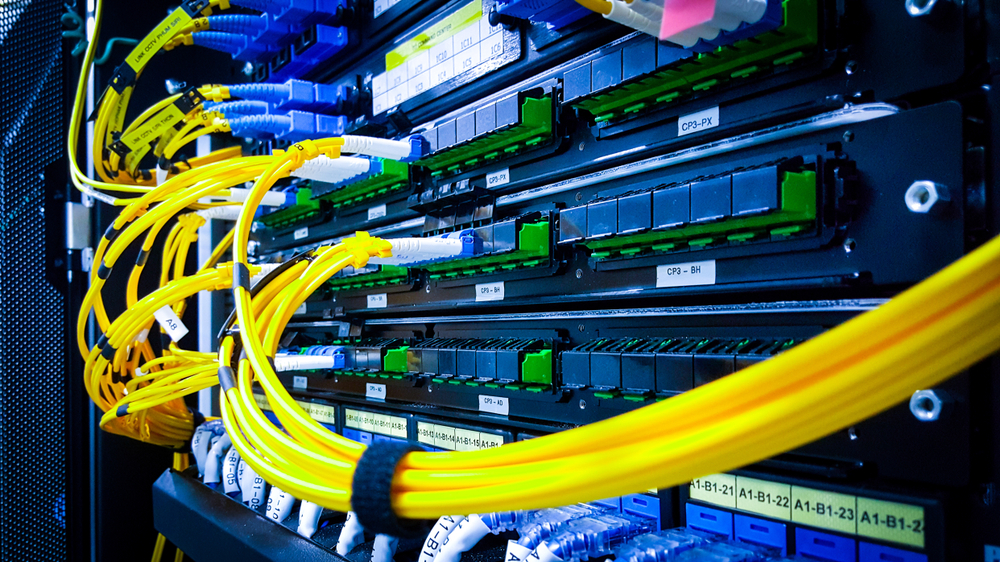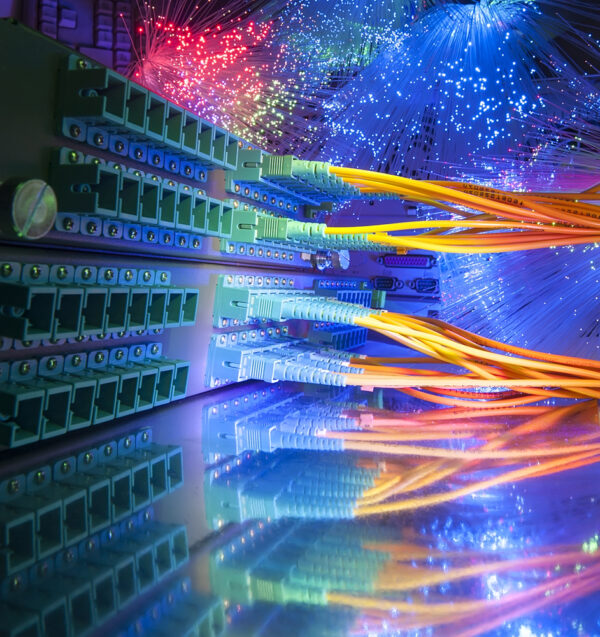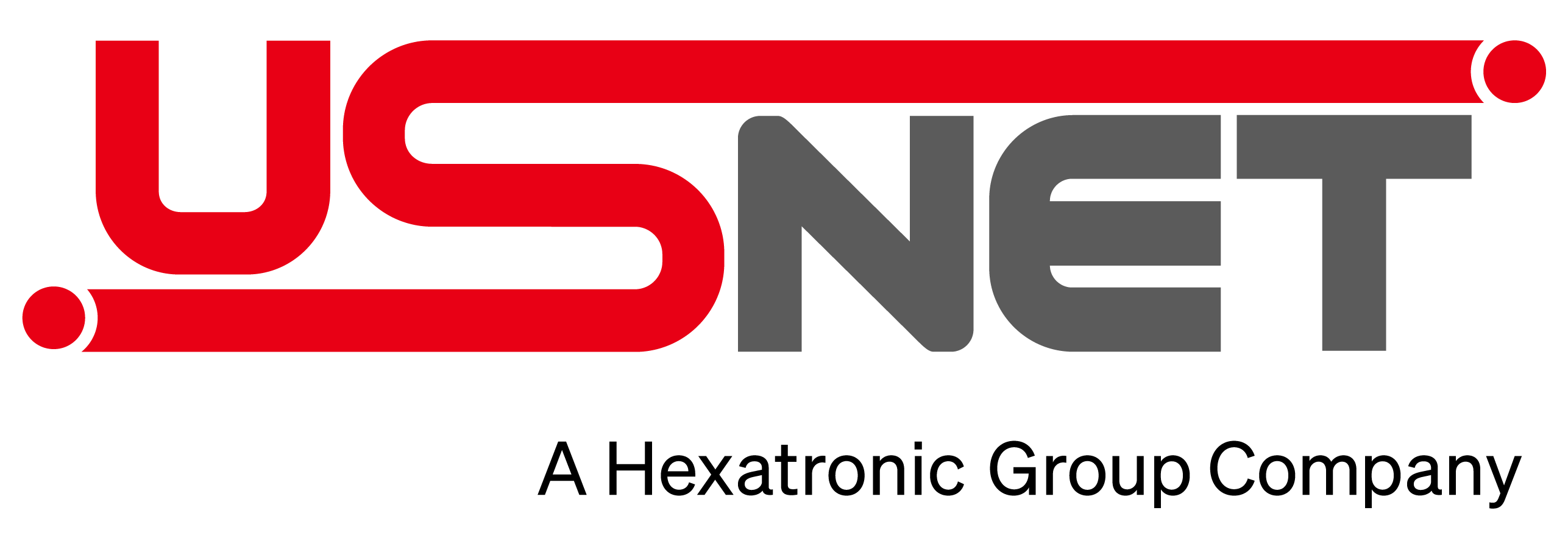
As dependence on data centers continues to grow, the need for reliable, high-speed data transmission has become paramount. It starts with a focused approach on data center cabling, where fiber optics have emerged as a game-changing solution for escalating data requirements.
Fiber optics utilize thin strands of glass or plastic to transmit data through pulses of light. This method offers numerous benefits over traditional copper cabling. But implementing fiber optics in data centers isn’t without challenges.
Challenges of using fiber optics in data centers
While fiber optics offer significant advantages, their implementation in data centers comes with its own set of issues.
- Infrastructure investment: The cost of installing fiber-optic cables is higher than traditional copper cabling. Moreover, fiber optics require specialized equipment and expertise for installation, which adds to the cost. Upgrading existing infrastructure may also incur substantial expenses.
- Maintenance/troubleshooting: Maintaining fiber-optic networks demands specialized knowledge and training. Technicians must possess the skills to service cables, connectors, and splices. Furthermore, identifying and resolving issues with fiber optics can be more complex than with traditional cabling.
- Compatibility issues: Differences in fiber-optic standards and protocols can affect network performance and interoperability. Data centers relying on diverse fiber-optic standards may require additional equipment or converters to ensure compatibility.

Benefits of fiber-optic cabling
Why go through the trouble and expense of a fiber-optic upgrade? Fiber-optic cabling brings a multitude of advantages to data centers, making it an ideal choice for addressing the escalating data needs of today’s digital landscape.
- Bandwidth and latency: Fiber optics enable significantly faster data transmission compared to traditional copper cabling. As data requirements continue to grow exponentially, fiber optics provide the necessary bandwidth to accommodate escalating demands, ensuring optimal performance and reduced latency in data center operations.
- Reliability and security: Unlike copper cables, fiber optics are immune to electromagnetic interference (EMI) and radio frequency interference (RFI). This immunity to external disturbances allows for consistent, reliable data transmission, making fiber optics particularly suitable for data centers in challenging environments or areas prone to electrical interference.
- Scalability and future-proofing: Fiber-optic cabling provides scalability to accommodate future technological advancements and growing data center requirements. With the ever-increasing need for higher speeds and greater bandwidth, fiber optics offer the flexibility to support these evolving demands.

Fiber-optic best practices and considerations
Approaching a fiber-optic buildout requires adherence to best practices for optimal performance and longevity of the infrastructure. Consider the following practices for successful fiber-optic deployment:
- Cable selection and quality: Choosing between single-mode and multi-mode fiber depends on factors such as the transmission distance and bandwidth. Single-mode fiber is ideal for long-distance transmission, while multi-mode fiber is suitable for shorter distances.
- Cable routing/management: Avoid excessive bending and tension on the cables, which can lead to signal degradation. Use cable trays, racks, and other organizational tools to support and protect fiber-optic cables, confirming they’re properly routed and secured within the data center environment.
- Testing and certification: Optical time-domain reflectometer (OTDR) testing is commonly used to measure attenuation and signal loss along the cable length. Compliance with industry standards — such as TIA/EIA-568 and ISO/IEC 11801 — ensures fiber optics meet recognized specifications for performance and compatibility.
- Maintenance and inspection: Clean connectors regularly to remove dust, dirt, and other contaminants that can degrade signal quality. Visual inspections should be conducted to identify any physical damage to the cables, connectors, or splices.
Implementing a well-designed, properly installed, and regularly maintained fiber-optic infrastructure allows for a high-performance data center environment capable of meeting current and future data transmission needs. Then, infrastructure maintenance and quality control will keep it running reliably far into the future.

Cabling is key for network quality
Fiber-optic cabling offers many benefits for data centers, but it’s a significant investment requiring careful consideration and planning. From initial infrastructure costs to specialized maintenance and compatibility challenges, data centers must perform a cost-benefit analysis before embarking on this transformative journey. Those touting themselves as high-performing data centers will find embracing fiber optics is a great way to make good on the promise of superior data integrity, regardless of the scale of network operations.

Recent Comments